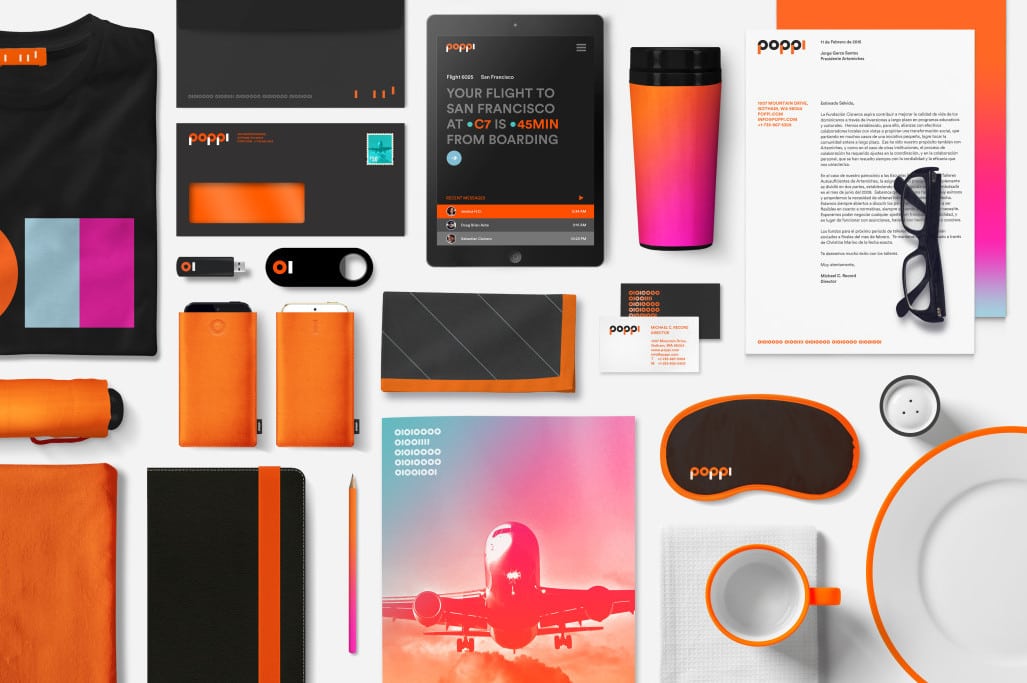Skift Take
Traditional full-service airlines are an endangered species in the skies, and have been for decades, as industry consolidation proves. But a passenger perception gap still threatens the business. The legacy airlines remaining must focus on better brand definition to improve passenger satisfaction, if they are to survive.
The International Air Transport Association (IATA) has found that happy airline passengers are hard to come by, and that pleased passengers may not reward the bottom line, but passengers’ perceptions can be influenced by brand.
Passengers reward airlines for offering bare-minimum passenger experience products, voting with their wallets in favour of low-cost carrier models. In response, full-service airlines have diluted their product and service models to compete with low-cost airlines, and match consumer preferences, as evidenced by their purchasing habits.
While this is bad news for the Economy cabin, there is no better news for the Premium cabin—a segment which makes up the dominant share of full-service airline profits.
Passenger expectations keep shifting at the front of the plane, IATA reports, forcing airlines to leap-frog a competitor’s last best product. It has become a race to be the ‘best-for-now’ that slim airline margins are barely stretched to cover.
Dramatic improvements made to the premium passenger experience over the past 20 years, have resulted in short-lived returns for full-service airlines, soon changing from delights to minimum expectations.
For those who work in the sector—airlines, designers and suppliers—this is hardly news, but it is no less discouraging.
But, in a comprehensive survey of over 60,000 passengers, 30 airlines and 39 hubs, IATA found that passenger opinion of the onboard product is heavily influenced by the airline’s brand.
“One thing that we’re pretty sure is significant is the brand,” Tim Jasper Schaaf, Director Marketing and Sales for IATA told attendees at the IATA World Passenger Summit in Hamburg. “We know there are airlines out there that have a much stronger brand than others, and the hard product may not necessarily be different. If a business traveller flies on an airline that doesn’t have a flat-bed in business class, but has a really strong brand, people actually feel great about it.”
What is more, passengers don’t judge cabin products like-to-like.
“If you put the same seat on another airline that doesn’t have a strong brand, then they complain about this [same seat], because they don’t feel good about traveling on that brand. We think there’s a strong influence that may actually override some of the rational emotions of passengers.”
What we might call a ‘passenger perception gap’ is one of the greatest product development challenges for the industry.
While airlines may feel that they are making improvements, and their books may prove that they have invested heavily in improvements, passenger perception of the airline, based on other factors, could still be negative. The debate often comes down to seats, but the seat is not necessarily the consumer irritant driving this negative perception, as IATA found.
Two airlines present at the Cabin Trends panel agreed with this finding, and said the secret of generating a positive passenger perception is a focus on the whole cabin, and the entire passenger experience.
“We have the same seat as other Star Alliance airlines, and we get the quarterly Star Alliance passenger satisfaction survey. We see that the same seat is rated differently, because the seat is just a part of the overall experience of the customer,” said Krzysztof Moczulski, Director Customer Experience and Product Standards for LOT Polish Airlines. “So seat, yes, but it has to be built around the proper service to the customer onboard. We look into hard product, but with the understanding that it’s just a part of the customer experience.”
Johan Mägi, Head of Onboard Product and Services for SAS Scandinavian Airlines shared a similar observation.
“Yes, the seat is important, absolutely. But you have to put together the package,” he said. Mägi added that SAS applied this awareness of the passenger perception gap to the design of the airline’s new long-haul cabins, taking a holistic to design and ensuring the whole of the aircraft cabin experience complemented the seat. “We really did work to that aircraft, and we can see by changing the cabin that the product is presented better. Better lights, better accessories, but the seats are very important.”
SAS has also enhanced its brand further with a solid on-ground pre-flight product, offering convenient automated check-in via apps and kiosks for all passengers, maintaining lounges for premium and loyalty customers that complement the airline’s brand and generate a pleasant pre-flight environment, and developing new content marketing strategies that relate to their “We Are Travelers” customer base.
By developing strong brand definition, the panel suggested, airlines can begin to resolve the problematic passenger perception gap, and be rewarded for it.
The Daily Newsletter
Our daily coverage of the global travel industry. Written by editors and analysts from across Skift’s brands.
Have a confidential tip for Skift? Get in touch
Tags: airline branding, airlines, content marketing, iata, inflight
Photo credit: Concept airline Poppi offers passengers covetable, collectible brand artefacts they want to enjoy off the plane. Poppi
